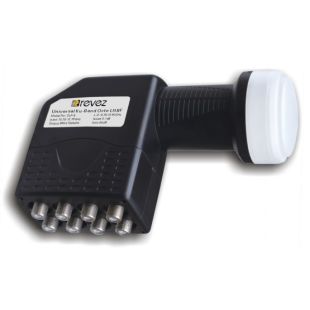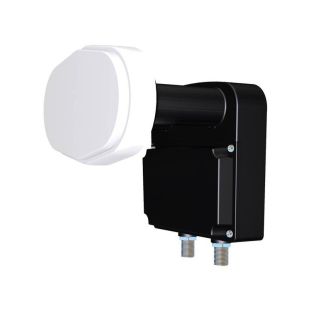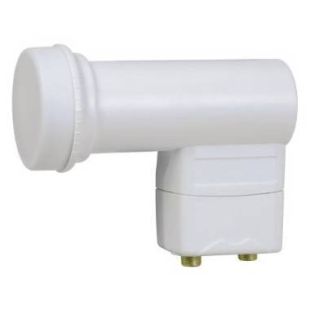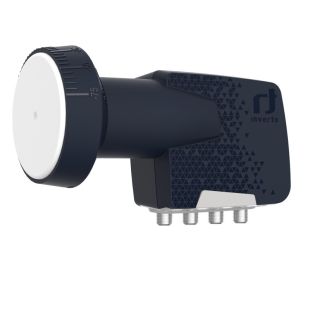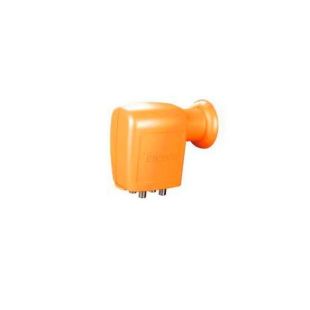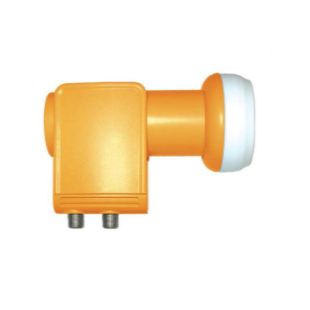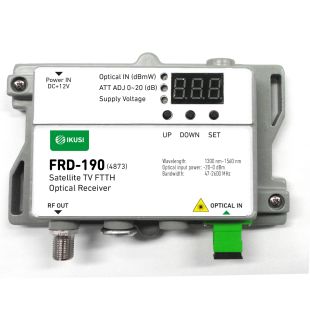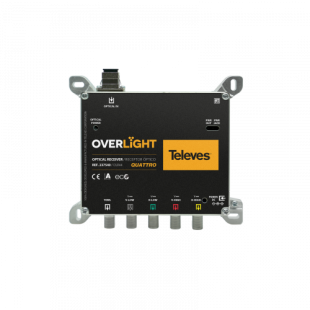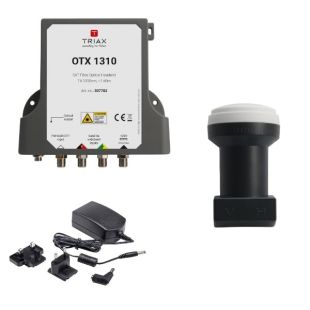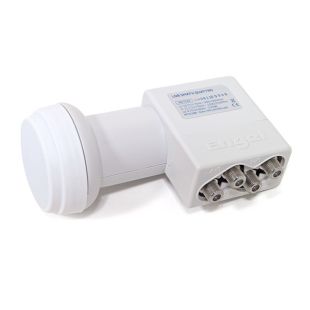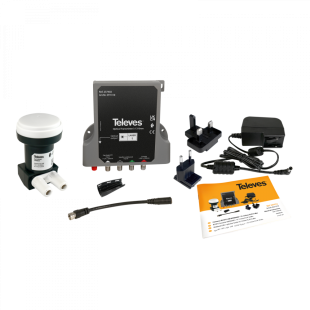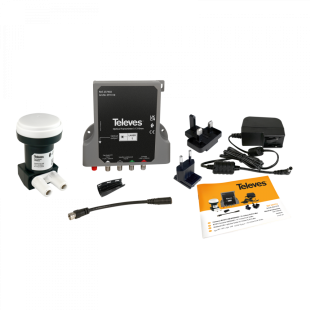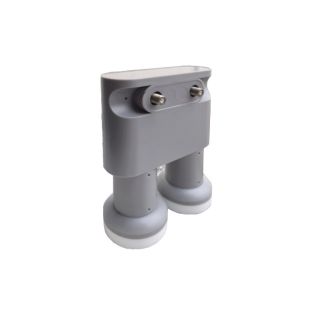Great store. Will be my favorite in the future. Sent quickly. All items are brand new sealed. And the prices are very nice. Separately, I want to thank Álex Guerra, who controlled my order from start to finish. In general, you are great!!
Thank you for the service. Absolutely top
Great comms. Very helpful and reliable all along
Order placed packaged well, dispatch and delivered promptly Would use again. Thank you
42/5000 the best team, both human and technical
-
 Por qué usar tubos corrugados en tus instalaciones
Por qué usar tubos corrugados en tus instalaciones¿Por qué usar tubos corrugados? Si los cables ya vienen preinstalados dentro de un tubo corrugado conseguimos un ahorro de tiempo y de mano de obra. Te contamos todos sus beneficios.
-
 Qué Tipo de Armario Rack Necesito
Qué Tipo de Armario Rack NecesitoPara escoger un armario rack adecuado a nuestras necesidades tenemos que conocer los tipos de racks que existen y cuales son las condiciones que necesitamos que cumplan. […]
-
 Nuevo Plan Técnico TDT
Nuevo Plan Técnico TDTNuevo Plan Técnico TDT Nacional 2025 que transformará la televisión en España.
Se impulsa la DVB-T2, codificación HEVC y UHD 4K. Asegúrate de estar preparado y elige receptores actualizados. -
 Comprar Material Telecomunicaciones
Comprar Material TelecomunicacionesComprar material de Telecomunicaciones – Encuentra marcas como Fermax, Televes, Hikvision o Ajax de manera sencilla
-
 Renueva Medidor de Campo con la promoción X-Change
Renueva Medidor de Campo con la promoción X-ChangeRelanzamiento de la promoción X-Change de Televes, medidores H30Crystal y Mosaiq6. Posibilidad de obtener descuentos entregando un antiguo medidor.
-
 Cargador Coche Eléctrico
Cargador Coche EléctricoCargadores coche eléctrico Raedian: fáciles de instalar y controlar con la app. Disfruta de carga sin complicaciones, conectividad 4G y funciones avanzadas. ¡Optimiza tu punto de carga!
-
 Registros de Terminación de Red (RTR)
Registros de Terminación de Red (RTR)Como instalador de telecomunicaciones, es imprescindible conocer en detalle los productos que componen cada red de las instalaciones ICT. En el blog de hoy vamos […]
-
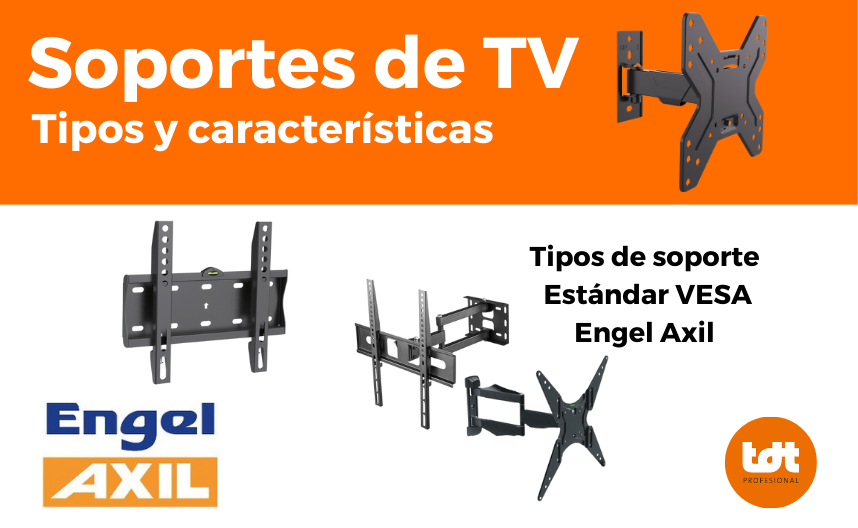 Soportes TV – Fijos, Ajustables, Pared y Techo
Soportes TV – Fijos, Ajustables, Pared y TechoAntes de adquirir un soporte, debemos tener en cuenta varios puntos, como las pulgadas para las que son válidos o el peso. A continuación, hablaremos […]
Buy LNB Converters for Satellite Antennas
The LNB is the most important element for the satellite dish antenna since it is the one that really captures the signal and the better the LNB, the better signal quality we will obtain.
There are different types of LNB converters:
- Universal LNBs (Ku band): They are the most common to watch satellite TV in Europe, as well as other services. These LNBs divide the satellite bandwidth into 4 polarities (V/L, V/H, H/H, H/L) among which the user will choose the one that best suits him depending on the channels he wants to watch.
Within the Universal LNBs, we can divide them by the number of outputs: Single (1 output), Twin (2 outputs), Quad (4 outputs), Quattro (4 outputs: 1 for each polarity) and even Octo (eight outputs).
- LNB Band C: They are used for the same purpose as those of the Ku band, although they operate in a different frequency range and are more common in America and Asia. They need large parabolic antennas with a central focus. Currently we do not have this type of LNB in our catalog.
- LNB Unicable: A very interesting system but unfortunately quite unknown. They need a Unicable receiver to be able to use it, many satellite receivers include this function. These LNBs allow the distribution of the complete satellite (the 4 polarities) to a total of 4 users (Unicable I) and up to 24 users (Unicable II) over a single coaxial cable.
They are the best solution for community installations where users need to receive different polarities. Even for unicable installations of several satellites there are also unicable multiswitches. The Unicable system allows complex satellite distributions to be easily carried out with the fewest possible cables and avoiding switching problems, which would otherwise be present.
- Optical LNB: These LNBs are used with normal offset satellite dishes, with the difference that they transform the satellite signal into an optical signal to transmit it over very long distances (kilometers) by fiber cable. They require other equipment for their implementation: optical converters, fiber optics, attenuators, distributors, optical receivers, etc.
A system aimed at satellite installations in large areas, urban complexes and buildings. Distributing all the polarities of a satellite through a single fiber cable, saving large distances and attenuations.



